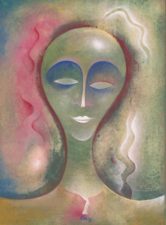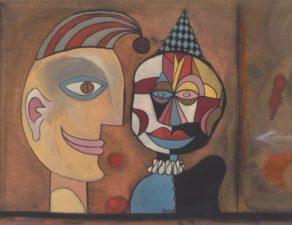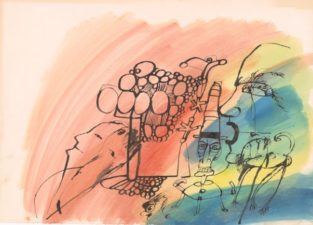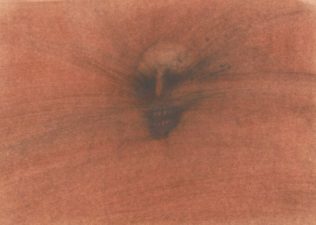It has been a tough year for the nascent Web3 industry on the back of the promising year 2021. A time when NFT artists made a lot of money and came to prominence. Maybe the market was not ready to reach such valuations because Web3 is still in its infancy. After valuations soared for NFTs, by September 2022 the NFT market had dropped its trading volume by 97% after its peak. Art is still art, however. And NFT art is still a distinct form of art, especially when powered by the smart contract technology that provides the business logic to many decentralized apps and organizations.
So, what should NFT artists do when there is such a drastic turn in fortunes? If innovation usually happens in adverse economic circumstances, then NFT artists should embrace the times to create new forms of art with the technology available. NFT art is not about selling the JPEG of an ape that you bet —like in a casino—will gain value. Focus on the art, and the rest should come. Not as easy as in 2021 but still, you should be able to get something going. There is good news about this so-called “crypto winter”: people can create NFTs without the speculation that has been a feature of the space so far.
For example, Web3 and NFT art have opened the gates for musicians to see more of the money they should be getting in exchange for what they produce. Becoming NFT artists has allowed musicians to get the money that they otherwise wouldn’t be able to make through the audio-streaming business model. For content creators, NFTs simply make a lot of sense because they remove barriers between the artists and monetization. All of this is to say that NFTs still bring value. NFT artists should remember that and remain focused.
An artist that is building something interesting during this bear market, perhaps anticipating a turn, is Beeple. The artist, whose real name is Mike Winkelmann, is building a 50,000-square-foot art space in Charleston with the view to having the physical and digital worlds collide. “Coming together and experiencing digital artwork IRL is something that I think will bring a new wave of collectors”, he wrote in a tweet announcing the works being done in a warehouse in the suburbs of the South Carolina city. He added that this isn’t just for himself, but an open space for NFT artists looking to display their digital art. This a clear example of how bear markets are for builders.
There is an innovative aspect to this endeavor (the collision of the physical and the digital). However, it is important to emphasize another feature of this project: the creation of a space for NFT artists and the community. This is very important as the crypto winter has pushed some marketplaces into making royalties for NFT artists optional. Winkelmann has already said so himself on Twitter: “There is ZERO way to FORCE royalties technologically”, as he encouraged creators to build a collector community base that wants to pay these royalties.
Beeple is a great example of what an NFT artist should be doing. His NFT artwork that holds the record for the most expensive sale of an NFT, “Everydays: The first 5,000 days” is comprised of images that the artist created every day over 13 years. He started his work in 2007, two years before the inception of Bitcoin and blockchain technology. Meaning that there was no way of anticipating his success more than a decade later. The key that led to his success was the notion that he should be creating art every single day, a testament to his work ethic.
NFT artists and art galleries
If there is a space where you can substantially remove the speculative feature that has characterized NFTs, that is an art gallery. If one is going to take Beeple’s advice about building a community, what better way than an art gallery where NFT artists can showcase their digital artwork? At the end of the day, Mike Winkelmann’s project is an art gallery at a large scale with the very concrete aim of colliding the physical and digital worlds.
Community-building should be a natural feature of an NFT art gallery that all aspiring NFT artists should look to benefit from. SOPRG —an art gallery from Prague, Czechia— recently hosted an NFT auction for the Czech National Theatre to help fund the creation of a rehabilitation and physiotherapy center for ballet dancers. It was hosted in Somnium Space metaverse, where SOPRG has a parcel. These types of events are what bring like-minded people together and, perhaps, kickstart the creation of a community for an artist.
In short, one should not be overly fazed by the current market trends. NFT artists should —in some sense— be grateful for speculative actors being phased out and just keep at it, producing unique and innovative art for their community to enjoy. The rest should come on its own.





